Tim Matthews and his family of four bought their home in the Killarney neighbourhood of Vancouver, British Columbia, in March 2020, on the eve of the first pandemic lockdown.
At the time of purchase, the duplex built in 1971 had a gas furnace and gas water heater. Matthews, who is an engineer who has worked on designs for larger buildings, understood the importance of energy efficiency for structural resilience. So, the family undertook a deep energy retrofit project of their home and achieved a 62 per cent reduction in their home’s energy consumption.
How did they do this?
The Home Retrofit Journey

The house before retrofit
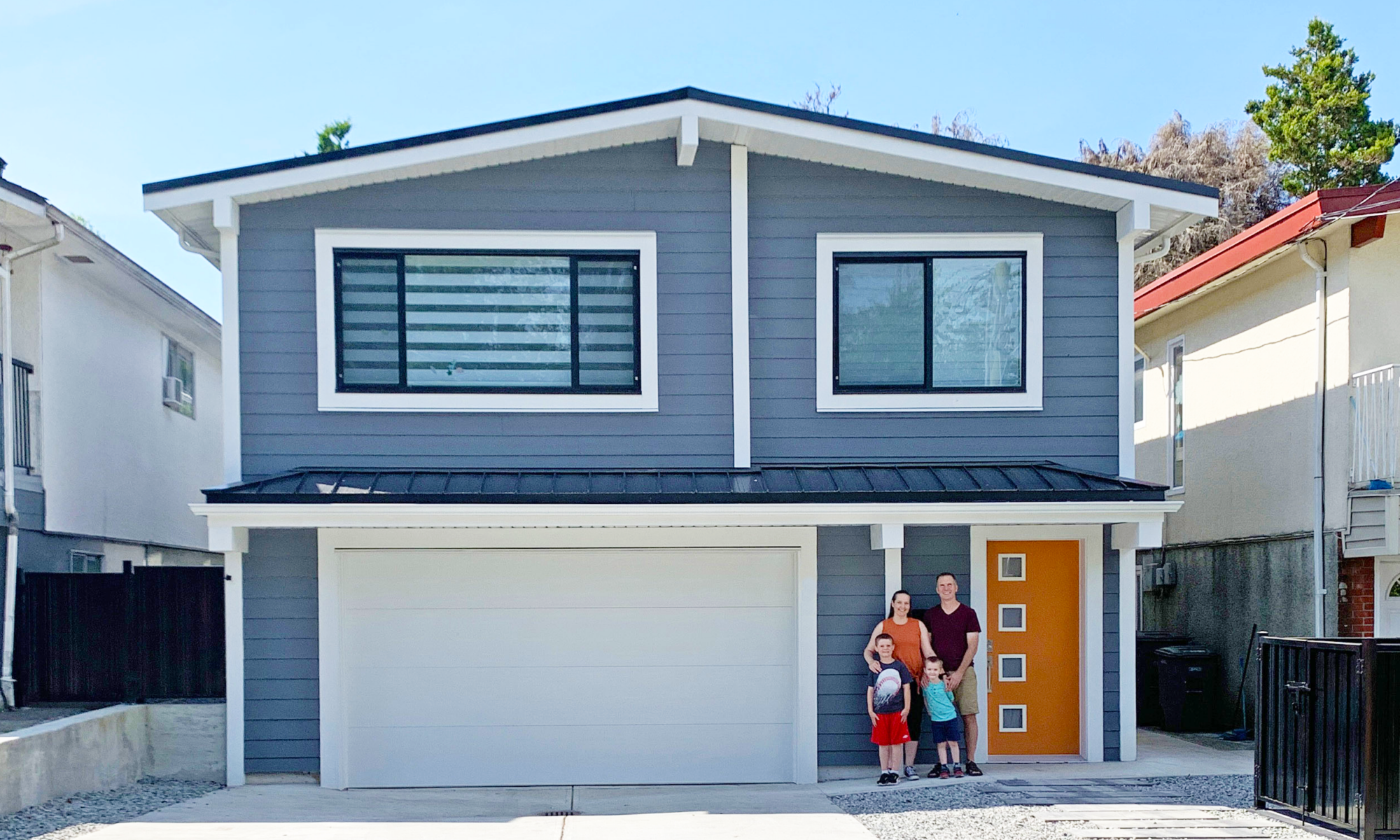
The house after retrofit
The family’s retrofit journey started eight minutes down the street at their previous home. Built in 2013, their old home was built according to the 2012 BC Building Code, the second-most recent in the province. It was relatively energy efficient but not anywhere near as efficient as what their new place is after the deep energy retrofit project.
“When different things fell into place to allow us to purchase [a house] and do a big renovation, it was much more important for us to have an efficient home than it was to have the nicest fixtures — like lighting or plumbing fixtures. We were very much focused on wanting the bones of the house to be as strong and energy efficient as possible,” said Matthews.
So, in June 2020, Matthews had a Registered Energy Advisor from City Green Solutions evaluate their home for air-change rate and thermal resistance levels of walls, windows, attics, and doors. After getting professional advice and an EnerGuide recommendation upgrade report, he started looking into contractors to start a deep energy retrofit on their newly purchased house.
Matthews told us, with equal measure of exasperation and humour in his voice, that they weren’t able to start the renovation work until November 2020. “At the time, we thought, ‘Oh, it’s COVID; no one’s going to want to do anything; it’ll be so fast!’ But then, it turned out, everybody else also decided that they wanted to do renovations too,” he said.
They also ran into other issues: lack of equipment availability, increase in the price of materials, more labour effort required than anticipated, and all kinds of typical construction problems that drove up the cost and time.
The Retrofits
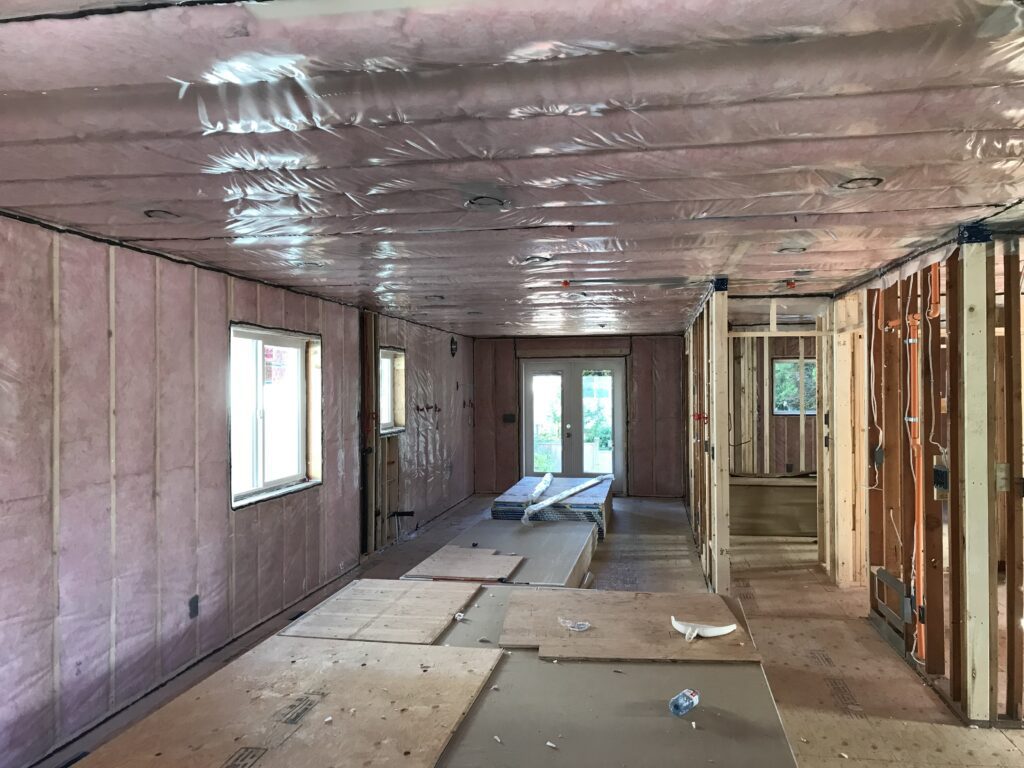
Insulation in the house being updated
Matthews started by making the air barrier around their home continuous, seamlessly sealing it to a dozen of their new efficient windows, and successfully reducing air-leakage by 71 per cent. They upgraded the exterior of their home with fibre-cement siding and a metal roof so that it’s very durable, low-maintenance, and will hopefully never need replacing. In a warming climate, durability is something worth its weight in gold when looking at the costs of extreme weather events on homes and insurance premiums across the country. For arguably one of the most important measures, they improved the insulation levels in their walls from R10 to R28. Read more about the importance of building envelope upgrades.
A new air-source heat pump was installed to condition the indoor air — heating the house in the winter and cooling it in the summer — effectively, and efficiently, replacing their furnace and gaining air conditioning as part of the heat pump.
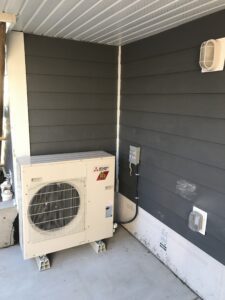
Newly installed heat pump
They also replaced their old gas water heater with a new heat pump water heater. The family noted there is virtually no difference compared to how their hot water situation was back in their old gas-heated home.
“In the grand scheme of things, I expect that we’re paying less in energy costs. It’s a little skewed because we also charge our electric vehicle, so I think at least half of our BC Hydro bill is going to that,” says Matthew. However, with the prices at the pumps rising, the family is also likely saving on fuelling their vehicles.
When asked if they were looking to add solar panels, he said, “It’s something we looked at. We actually have everything roughed-in on our new metal roof. The reason for picking a metal roof is because there are systems that enable easy attachment of solar panels to that. If there were incentives on solar panel installation at the time of our retrofit, we would’ve done that right when we were doing the rest of it. But there weren’t any incentives in place, and we were already over budget, so we opted to save the solar panels for later.”
The Matthews family moved into their 1971-built house in September 2021 and, after the deep energy retrofit, it runs better and is more comfortable than their previous 2013-built home!
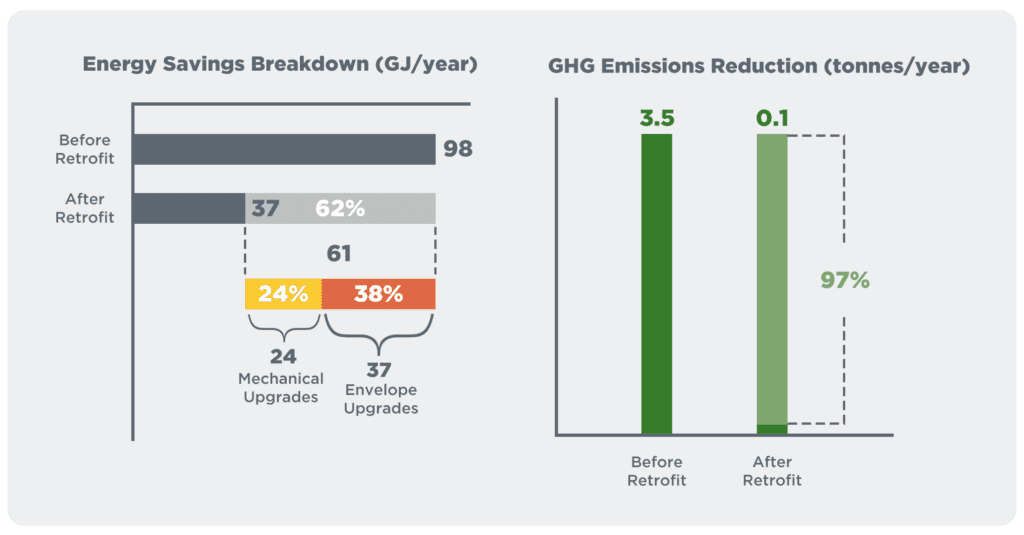
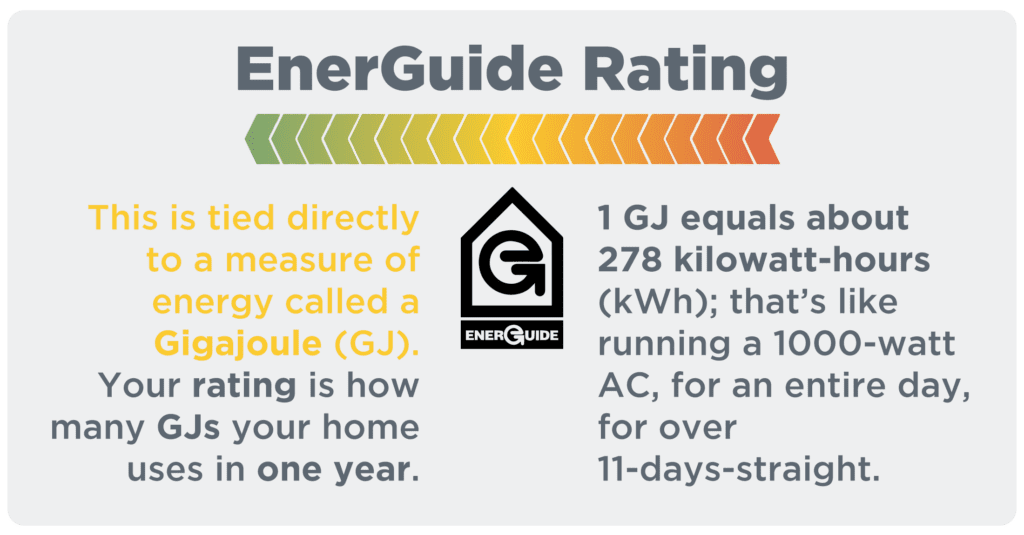
The Benefits

The home is now very comfortable in the summer and winter
Tim noted how uncomfortably sweaty it still got in Vancouver’s normally mild summers, “Our old place didn’t have a cooling system so we had fans and a portable air conditioning unit set-up in the kids’ room. It definitely got quite hot in the summertime. That’d be a big difference, for sure. Our new place, after the deep retrofit, stays cool and comfortable for the entire day.”
“Right now, even though we’re in a spring heatwave, our heat pump will go on the cooling cycle for an hour or two and it will keep the whole house cool for the rest of the day because our home is so well-insulated, and its building envelope is so tight and efficient,” Tim added.
Financial Incentives and Climate Goals

Kids near energy efficient doors with draft-proof seal
The Matthews made the best use of available incentives for their project. They got back around $16,000 in incentives for the home energy retrofit project in B.C. However, this was before the federal government introduced the Canada Greener Homes Grant in May 2021.
If they were able to claim this grant, they would’ve received incentives up to $21,000 which might’ve allowed the Matthews to install a solar PV system which would get their home to net-zero.
For this family, the primary driver of their deep energy retrofit was the environment. The newly retrofitted home is energy efficient, so their household uses less energy to heat, cool, and run appliances.
“We felt it was important for our renovated house to be energy efficient and run entirely on electricity — which, in B.C., is almost entirely renewable. Our main motivation was our kids. My wife and I want to do everything in our power to help ensure that the world they grow up in is not in a state of environmental chaos. Reducing our emissions at home and on the road is a big part of that commitment,” says Matthews.
Retrofit Measures And Summary
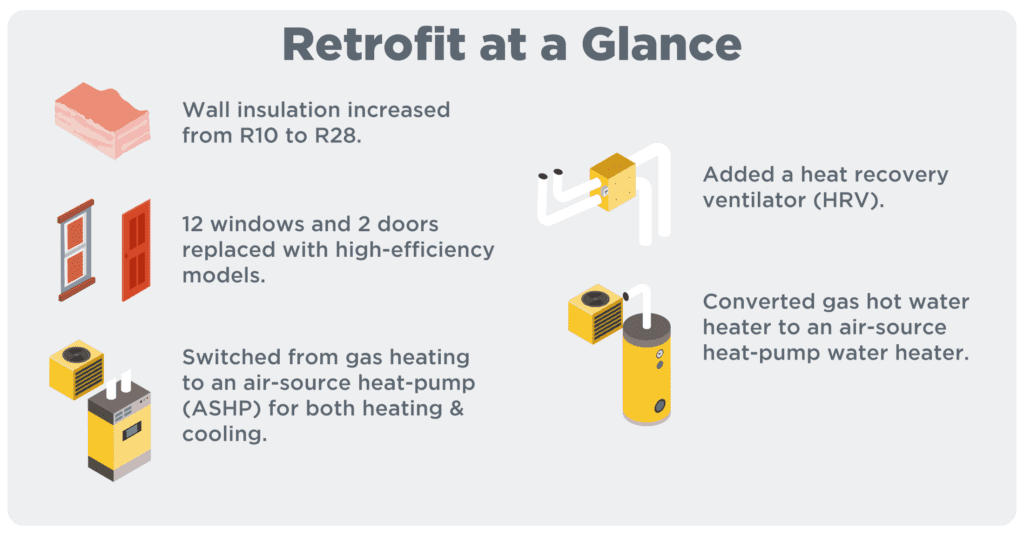
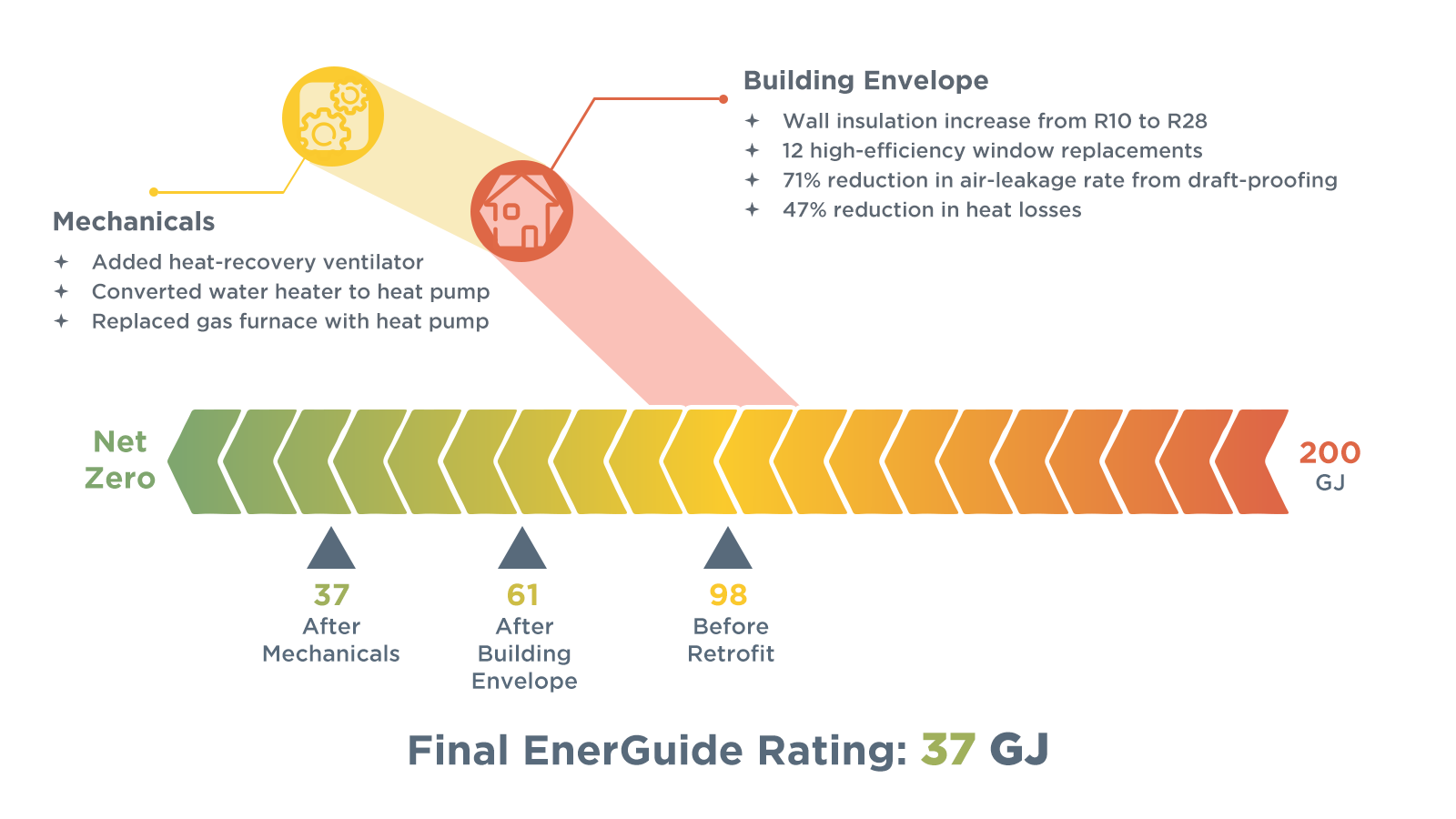
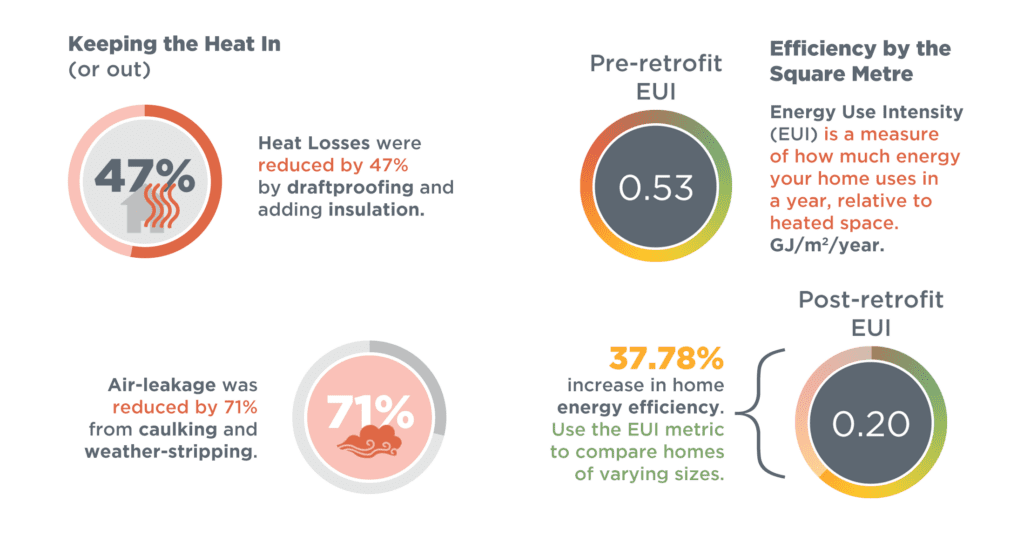
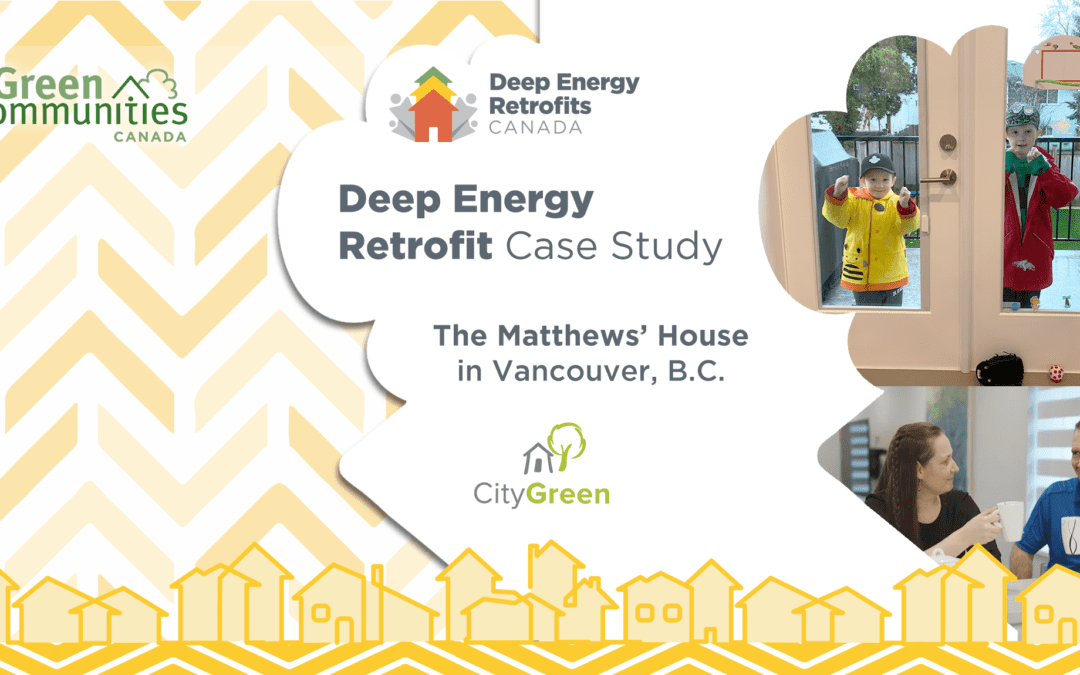
Trackbacks/Pingbacks